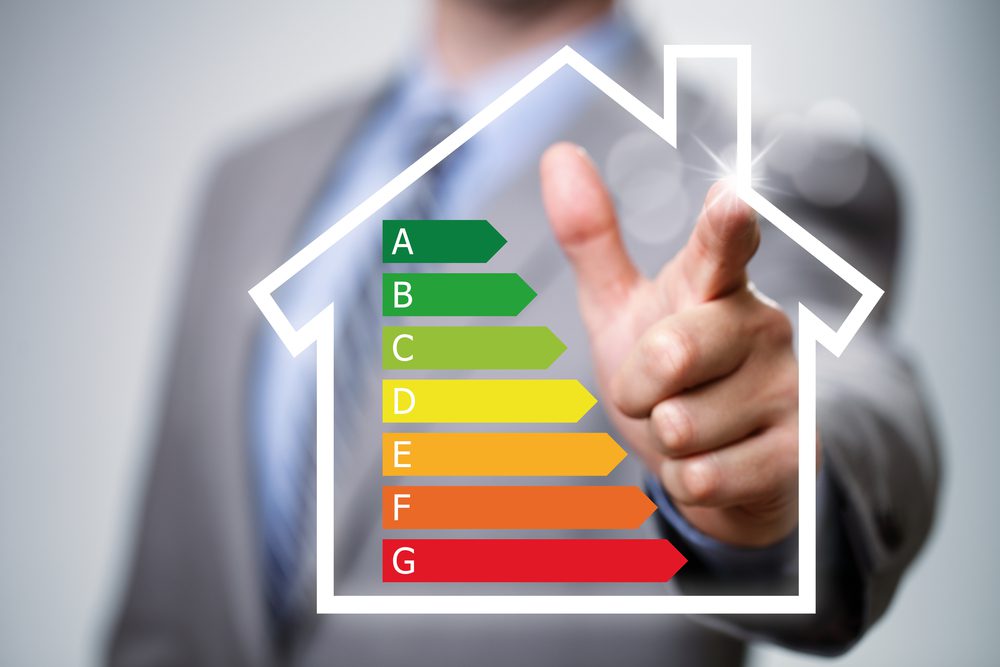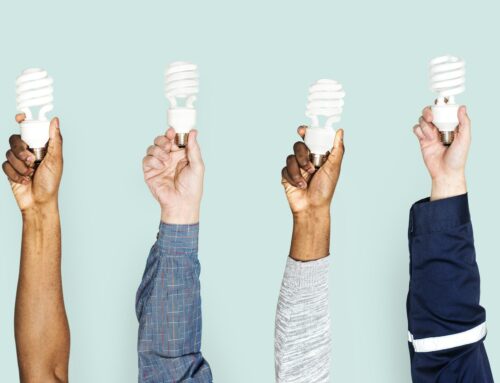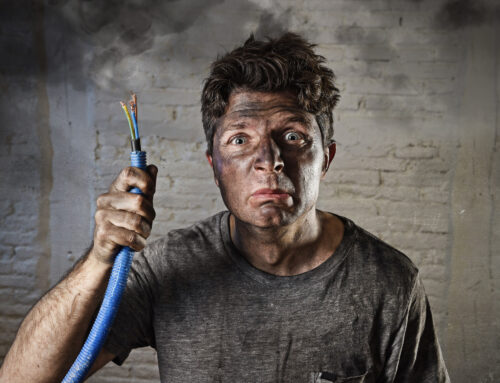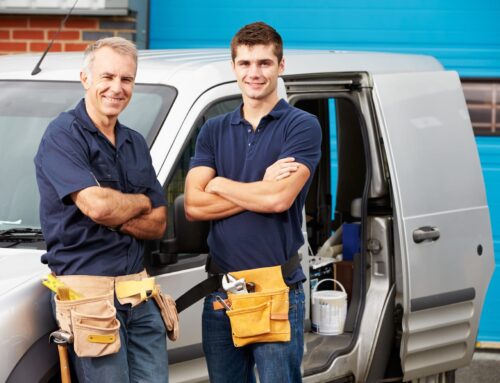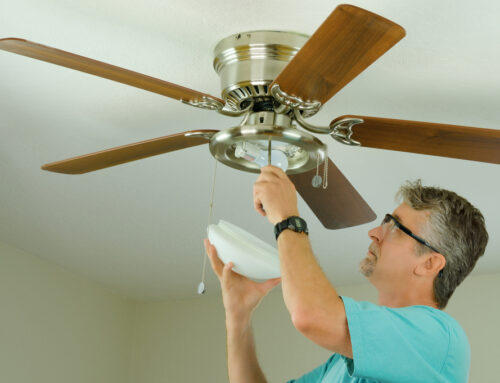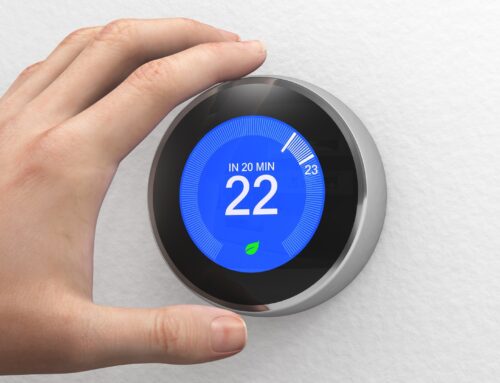As a homeowner in the Dallas-Fort Worth Metroplex, finding practical and effective strategies to reduce energy consumption and lower your electricity bills is crucial. Not only does this help you save money, but it also contributes to a more sustainable environment. In this article, we will provide you with valuable energy-saving tips that you can implement in your home. By following these guidelines, you can take significant steps toward a more energy-efficient and cost-effective household.
Conduct a Home Energy Audit
Before you embark on implementing specific energy-saving measures, it is crucial to conduct a thorough home energy audit. This assessment will help you gain valuable insights into your home’s energy usage patterns and identify areas that can be improved. When it comes to conducting an energy audit, you have two options: performing a DIY audit or hiring a professional.
If you choose to perform a DIY energy audit, start by gathering and analyzing your energy bills. Examine your energy consumption patterns over several months to identify any significant variations or trends. This analysis will give you a baseline understanding of your energy usage and help you pinpoint areas that require attention.
Next, inspect your home for air leaks. Check windows, doors, electrical outlets, and any other potential sources of drafts. Seal any gaps or cracks you find with weatherstripping or caulk. By preventing air leaks, you can significantly reduce energy waste and improve your home’s overall energy efficiency.
Evaluate your insulation. Insufficient insulation can lead to significant heat loss in winter and heat gain in summer. Check the insulation in your attic, walls, and floors, and ensure it meets the recommended standards for your region. If needed, consider adding or upgrading insulation to optimize energy efficiency.
Assess the condition of your heating and cooling systems. Regular maintenance is crucial for optimal performance and energy efficiency. Clean or replace air filters regularly, as clogged filters can obstruct airflow and reduce efficiency. Inspect ductwork for leaks and seal them with duct tape or mastic. If your systems are outdated or inefficient, it might be worth considering upgrading to newer, more energy-efficient models.
Evaluate your lighting. Replace traditional incandescent bulbs with energy-efficient LED bulbs. LED lighting not only consumes less energy but also has a longer lifespan, reducing the frequency of bulb replacements.
Consider your appliances and electronics. Older models tend to be less energy-efficient. If feasible, replace outdated appliances with newer, energy-efficient ones. Look for appliances with the ENERGY STAR® label, indicating they meet strict energy efficiency standards. Additionally, unplug electronic devices when not in use or use power strips with surge protectors to easily switch them off, as they can still draw power in standby mode.
Lastly, assess your water heating system. Insulate hot water pipes to minimize heat loss and consider lowering the temperature setting on your water heater. This simple adjustment can lead to substantial energy savings over time.
While a DIY energy audit can provide valuable insights, hiring a professional energy auditor offers a more comprehensive and detailed assessment of your home’s energy efficiency. These experts have specialized tools and knowledge to identify energy inefficiencies and recommend specific measures to improve your home’s energy performance.
By conducting a home energy audit, whether through a DIY approach or with professional assistance, you will gain a deeper understanding of your energy usage and identify areas where improvements can be made. Armed with this knowledge, you can proceed to implement targeted energy-saving measures and embark on a journey toward a more energy-efficient and cost-effective home.
Improve Insulation and Weatherproofing
Proper insulation and weatherproofing play a vital role in reducing energy waste and improving the overall comfort of your home. Inadequate insulation allows heat to escape during winter and seep in during summer, leading to increased energy usage for heating and cooling. Here are some tips to improve insulation and weatherproofing in your home:
- Insulate your attic: A significant amount of heat can be lost through an uninsulated attic. Consider adding insulation to prevent heat transfer and improve energy efficiency. Materials such as fiberglass batts, cellulose, or spray foam insulation are commonly used for attics.
- Insulate walls: Depending on the age and construction of your home, adding insulation to exterior walls can help enhance energy efficiency. This can be done through blown-in insulation or insulating sheathing.
- Seal windows and doors: Gaps and cracks around windows and doors allow air leakage, leading to energy loss. Apply weatherstripping or caulking to seal these openings and prevent drafts.
- Install storm windows and doors: Storm windows and doors provide an additional layer of insulation, reducing heat transfer and improving energy efficiency.
Optimize Heating and Cooling Systems
Heating and cooling systems account for a significant portion of a home’s energy consumption. Optimizing these systems can lead to substantial energy savings. Here are some tips to help you maximize the efficiency of your heating and cooling systems:
- Maintain regular HVAC system maintenance: Schedule annual tune-ups for your heating and cooling systems. A well-maintained system operates more efficiently and lasts longer.
- Clean or replace air filters: Clogged air filters restrict airflow, making your HVAC system work harder and consume more energy. Clean or replace filters regularly to ensure proper airflow and optimal performance.
- Upgrade to a programmable thermostat: Programmable thermostats allow you to set specific temperature schedules based on your needs. Adjusting the temperature when you’re away from home or asleep can lead to significant energy savings.
- Utilize zoning systems: Zoning systems divide your home into different heating and cooling zones, allowing you to control the temperature independently in each area. This can help optimize energy usage and increase comfort.
Upgrade to Energy-Efficient Appliances
Old appliances can be energy hogs, consuming unnecessary electricity and increasing your energy bills. Upgrading to energy-efficient appliances can make a substantial difference in your home’s energy consumption. Consider the following:
- ENERGY STAR® certified appliances: When purchasing new appliances, look for the ENERGY STAR® label. These appliances meet strict energy efficiency standards and can help you save energy and money.
- Refrigerator and freezer: These appliances run continuously, making them a significant energy consumer. Look for models with high energy efficiency ratings and proper insulation to reduce energy waste.
- Washing machine and dryer: Opt for energy-efficient washing machines and dryers with features like low water usage, shorter wash cycles, and moisture sensors that automatically adjust drying times.
- Dishwasher: Choose an energy-efficient dishwasher with water-saving features and energy-efficient wash cycles. Run full loads and use the energy-saving mode when possible.
By upgrading to energy-efficient appliances, you can significantly reduce your energy consumption and lower your electricity bills.
Smart Thermostats and Programmable Timers
Smart thermostats and programmable timers offer advanced features that can optimize your home’s heating and cooling systems and save energy. Here’s how they can help:
- Smart thermostats: These devices learn your temperature preferences and adjust settings automatically. They can be controlled remotely through a smartphone app, allowing you to adjust the temperature even when you’re away from home.
Programmable timers: Use programmable timers for your heating and cooling systems to set specific schedules. This allows you to reduce energy consumption when you’re not at home or during nighttime hours. For example, you can program your thermostat to lower the temperature during the day when no one is home and raise it before you return.
By utilizing smart thermostats and programmable timers, you can optimize your heating and cooling systems, reduce energy waste, and have better control over your home’s temperature settings.
Efficient Lighting Solutions
Lighting accounts for a significant portion of a home’s energy consumption. By implementing energy-efficient lighting solutions, you can reduce energy usage and lower your electricity bills. Consider the following tips:
- Switch to LED bulbs: LED bulbs are highly energy-efficient and last significantly longer than traditional incandescent bulbs. Replace your old bulbs with LED ones to save energy and reduce the frequency of bulb replacements.
- Install motion sensors: Motion sensors are a convenient and energy-saving solution for areas where lighting is needed temporarily, such as hallways, closets, or outdoor spaces. They automatically turn off lights when no motion is detected, preventing unnecessary energy consumption.
- Use natural light: Take advantage of natural light by opening curtains or blinds during the day. Use daylight as the primary source of illumination whenever possible, reducing the need for artificial lighting.
Unplug and Power Down
Many electronic devices and appliances consume energy even when they’re not in use. By unplugging or powering down these items, you can eliminate “vampire” energy usage. Here are some tips:
- Unplug electronics: Unplug chargers, gaming consoles, TVs, and other electronics when they’re not actively being used. Even in standby mode, they can still draw power.
- Use power strips: Connect devices to power strips and turn off the strip when the devices are not in use. This ensures that multiple devices are completely powered down and not consuming standby power.
- Utilize energy-saving modes: Take advantage of energy-saving modes on electronics and appliances. These modes reduce energy consumption by adjusting power settings or automatically turning off devices after a period of inactivity.
By being mindful of unplugging and powering down electronics and appliances, you can eliminate unnecessary energy consumption and reduce your electricity bills.
Harness Natural Light and Ventilation
Maximizing natural light and ventilation can significantly reduce the need for artificial lighting and air conditioning. Consider the following tips:
- Open curtains and blinds strategically: Position curtains and blinds to allow natural light to enter your home while minimizing direct sunlight during the hottest parts of the day.
- Use skylights or solar tubes: Installing skylights or solar tubes in darker areas of your home can bring in natural light and reduce the need for artificial lighting during the day.
- Open windows strategically: Take advantage of cooler morning and evening temperatures by opening windows to allow fresh air to circulate throughout your home. This can reduce the need for air conditioning during mild weather.
By harnessing natural light and ventilation, you can create a more comfortable and energy-efficient living environment.
Landscaping for Energy Efficiency
The landscaping around your home can contribute to energy efficiency. Here’s how you can utilize landscaping to your advantage:
- Plant trees strategically: Trees provide shade during hot summer months, reducing the amount of direct sunlight that enters your home. Plant deciduous trees on the south and west sides of your home to block sunlight during summer and allow it to enter during winter.
- Create windbreaks: Planting shrubs or trees as windbreaks on the north and west sides of your home can help block cold winter winds, reducing heat loss and lowering your heating costs.
By carefully planning your landscaping, you can create a natural barrier against extreme temperatures, improving energy efficiency in your home.
Energy-Saving Habits
In addition to making physical changes to your home, adopting energy-saving habits can significantly contribute to reducing energy consumption. Here are some energy-saving habits you can adopt:
- Adjust thermostat settings: Lowering your thermostat by a few degrees in winter and raising it in summer can make a noticeable difference in energy usage. Consider wearing extra layers or using blankets to stay comfortable during cooler months.
- Use appliances wisely: Be mindful of how you use appliances. Run full loads in the dishwasher and washing machine to maximize efficiency. When cooking, use lids on pots and pans to retain heat and reduce cooking time.
- Turn off lights when not needed: Develop a habit of turning off lights in empty rooms. Encourage family members to do the same to save energy and reduce unnecessary electricity usage.
- Unplug chargers: Once your electronic devices are fully charged, unplug the chargers from the wall to avoid standby power consumption.
- Use natural ventilation: Instead of relying solely on air conditioning, open windows and use fans to circulate air during mild weather. This can help reduce energy usage while maintaining a comfortable indoor environment.
By incorporating these energy-saving habits into your daily routine, you can make a significant impact on your energy consumption and lower your electricity bills.
Government Incentives and Rebates
Various government programs offer incentives and rebates to encourage homeowners to adopt energy-saving practices. It’s important to explore these opportunities in the Dallas-Fort Worth Metroplex. Here’s what you can do:
- Research local programs: Visit the websites of local government agencies, utility companies, and environmental organizations to find information about energy efficiency programs, rebates, and incentives available in your area.
- Take advantage of tax credits: Look into federal and state tax credits for energy-efficient home improvements, such as solar panels, insulation, or energy-efficient appliances. These credits can help offset the cost of upgrades.
- Consult with professionals: Reach out to local energy auditors or contractors who specialize in energy-efficient upgrades. They can provide guidance on available incentives and help you identify the most cost-effective solutions for your home.
By tapping into government incentives and rebates, you can make energy-saving upgrades more affordable and accelerate your path toward a more energy-efficient home.
Conclusion
Reducing energy consumption and lowering electricity bills is a goal that every homeowner in the Dallas-Fort Worth Metroplex should strive for. By implementing the energy-saving tips discussed in this article, you can make a positive impact on both your wallet and the environment. Conducting a home energy audit, improving insulation, optimizing heating and cooling systems, upgrading to energy-efficient appliances, utilizing smart thermostats, and adopting energy-saving habits are all effective ways to achieve this goal. Additionally, leveraging natural light, landscaping, and government incentives can further enhance your efforts toward energy efficiency. Start implementing these strategies today and enjoy the benefits of a more energy-efficient and cost-effective home.

